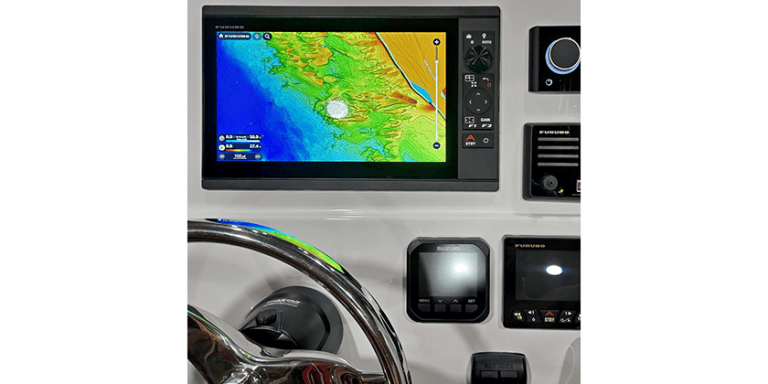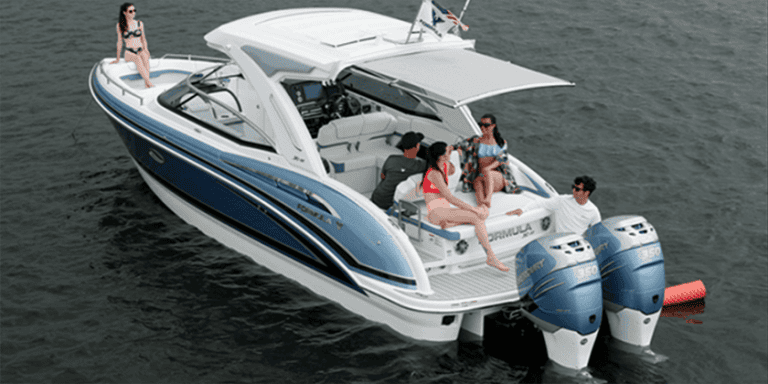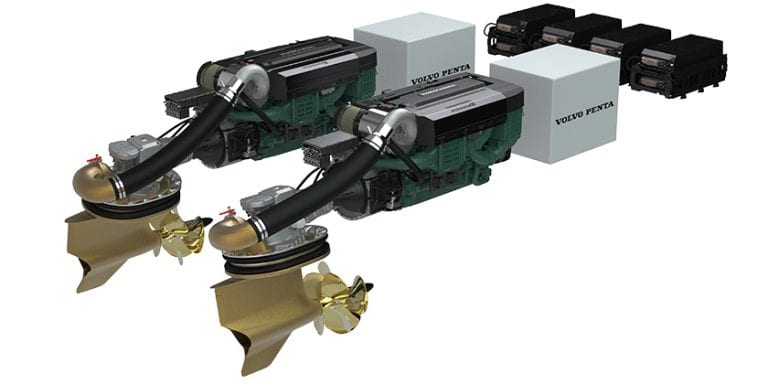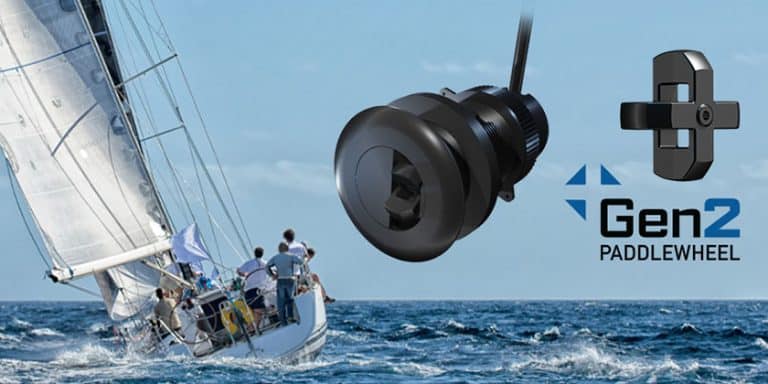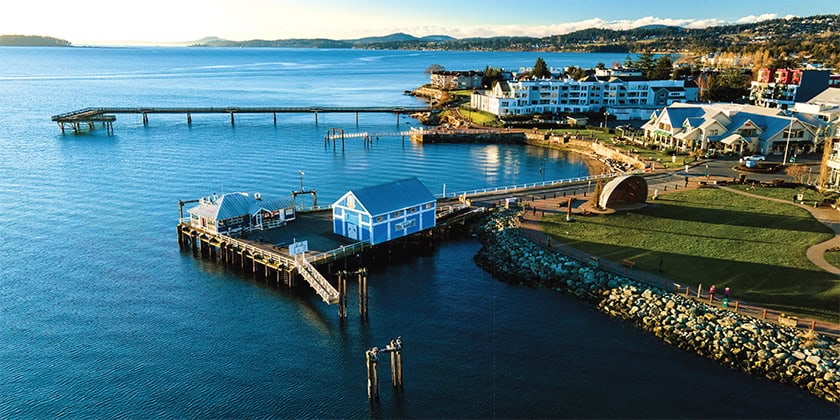VHF, DSC, AIS and EPIRB

By Brian Kelly
Why these acronyms should ring a bell
Communication is of the utmost importance when spending time on water; if anything goes wrong you want to make sure that you can alert someone close to your vessel to say that you are in need of assistance or that you are in danger.
Using your cell phone on the water simply doesn't cut it. Cell phones do not provide the reliability that is needed on the water; coverage areas are different for each provider, signal strength is limited (or non-existent) when you are not close to shore.
There are many ways to keep you and your family safe when you're out on the water. The use of a simple VHF radio is a good start, but with advances in technology over the years, enhancements such as DSC make the VHF an even more powerful means of communication. In addition to the VHF, there are other electronic devices that aid in the communication with other boaters (and the coast guard). Let’s briefly explore some different ways to accomplish this.
VHF Radio (Very High Frequency): The VHF radio is the most widely used and probably the most reliable means of communication. It's been around the longest, but still proves to be the most effective.
A basic VHF system consist of two items; the VHF radio unit itself and the antenna. For these two items to operate at their full potential, it's crucial that the installation be well planned out. The number one pitfall that causes poor performance is the connection. If soldering isn't your forte, then it's advisable to seek professional assistance. Other factors that will degrade the performance includeimproper coaxial cable size and antenna placement. Your VHF radio is only as good as your antenna and its connections.
DSC (Digital Selective Calling): Digital Selective Calling is a feature that most of the VHF radios now have incorporated into them. You've probably noticed the little red button with the hood over it; that's the "Distress" button. The reason a protective hood is placed over the button is to prevent the button from being pressed accidentally.
The purpose of DSC is to send out a distress message to the Coast Guard and all nearby vessels equipped with DSC radios. The distress message sent out will include pertinent information regarding your vessel such as: type of vessel, length, name of the vessel and most importantly, your location. In order for this message to include all the above information, one must obtain an MMSI (Maritime Mobile Service Identity) number and connect the VHF to a GPS unit.
The MMSI is a number that is issued by Industry Canada. This number will identify everything important about your vessel. It is very important to obtain this number because without it, the DSC function is virtually useless. There are certain situations that make DSC an indispensable tool. For example, just think what would happen if you were taking on water and didn’t have time to make a proper mayday call. With DSC, just press the red button and all your information will be broadcasted to nearby boaters, as well as the Coast Guard. In the event that the only person on board capable of operating a VHF is ill or injured, any passenger can simply press the red button.
The connection to the on board GPS/chart plotter is achieved through an NMEA 0183 or NMEA 2000 connection. NMEA 0183 is a universal talking system used by marine electronic manufacturers. It usually only requires connecting two wires, from the VHF to the GPS/chart plotter. Although this can sometimes be confusing, a simple call to the VHF manufacturer can help sort things out. NMEA 2000 is the successor of NMEA 0183. It's a CAN-based network that is ‘plug and play’. This connection is generally fairly straightforward, requiring you to simply plug the VHF into the NMEA 2000 backbone. Once a connection to the GPS is made, the Latitude/Longitude should be displayed on the screen.
AIS (Automatic Identification System): AIS systems automatically track other vessels that have this system installed. There are 2 types of AIS equipment: Class A and Class B.
Class A systems are primarily used on commercial vessels. These systems have to meet IMO requirements and have more equipment associated with them.
Class B systems are used for the smaller recreational vessel. These systems generally require an additional antenna and to be interfaced with a GPS.
Like the VHF, the AIS requires an MMSI number. The information that would be broadcasted will include: your MMSI, SOG (Speed Over Ground), Type of vessel, ETA at your destination…it basically helps the other vessels know your intended course. This can be very beneficial if a trip to international waters is planned.
EPIRB (Emergency Position Indicating Radio Beacon): EPIRB's are more or less your last resort of communicating with any rescue service. These devices are standalone units that do not require interfacing to the onboard electronics. EPIRB's can be purchased with or without a GPS. Obviously it will take longer for your position to be acquired without the GPS feature. There are two types of EPIRB units that exist: Category 1, will deploy automatically when it's removed from the bracket. Category 2 needs to be manually removed in order for it to be deployed. EPIRB's, just like VHF and AIS, have to be registered in order to be effective.
When a VHF is used properly it can save your life, but unfortunately, there are many boaters that do not know how to use one. To operate a VHF in Canada, you must have your Restricted Operators Card- Maritime (ROC). This card can be obtained through a course provided by your local Canadian Power and Sail Squadrons. If two things can be taken from this article, it's the importance of obtaining your MMSI and getting that Restricted Operators Card (ROC). Everybody will be that much safer if you do.
MMSI registration Industry Canada:
www.ic.gc.ca/eic/site/sd-sd.nsf/eng/00009.html
Canada beacon registry:
www.cbr-rcb.ca/cbr/
Canadian Power & Sail Squadrons:
www.cps-ecp.ca


